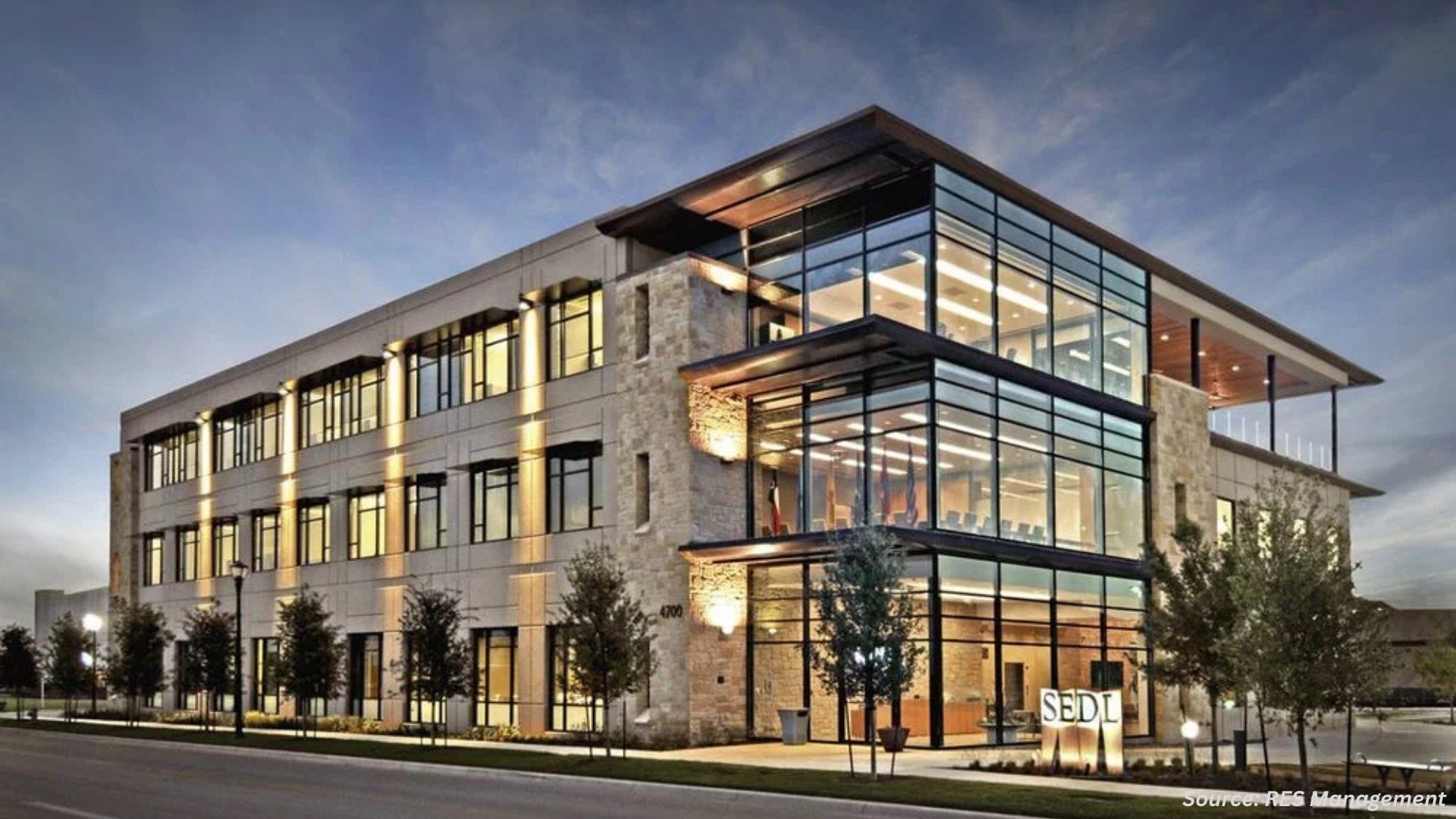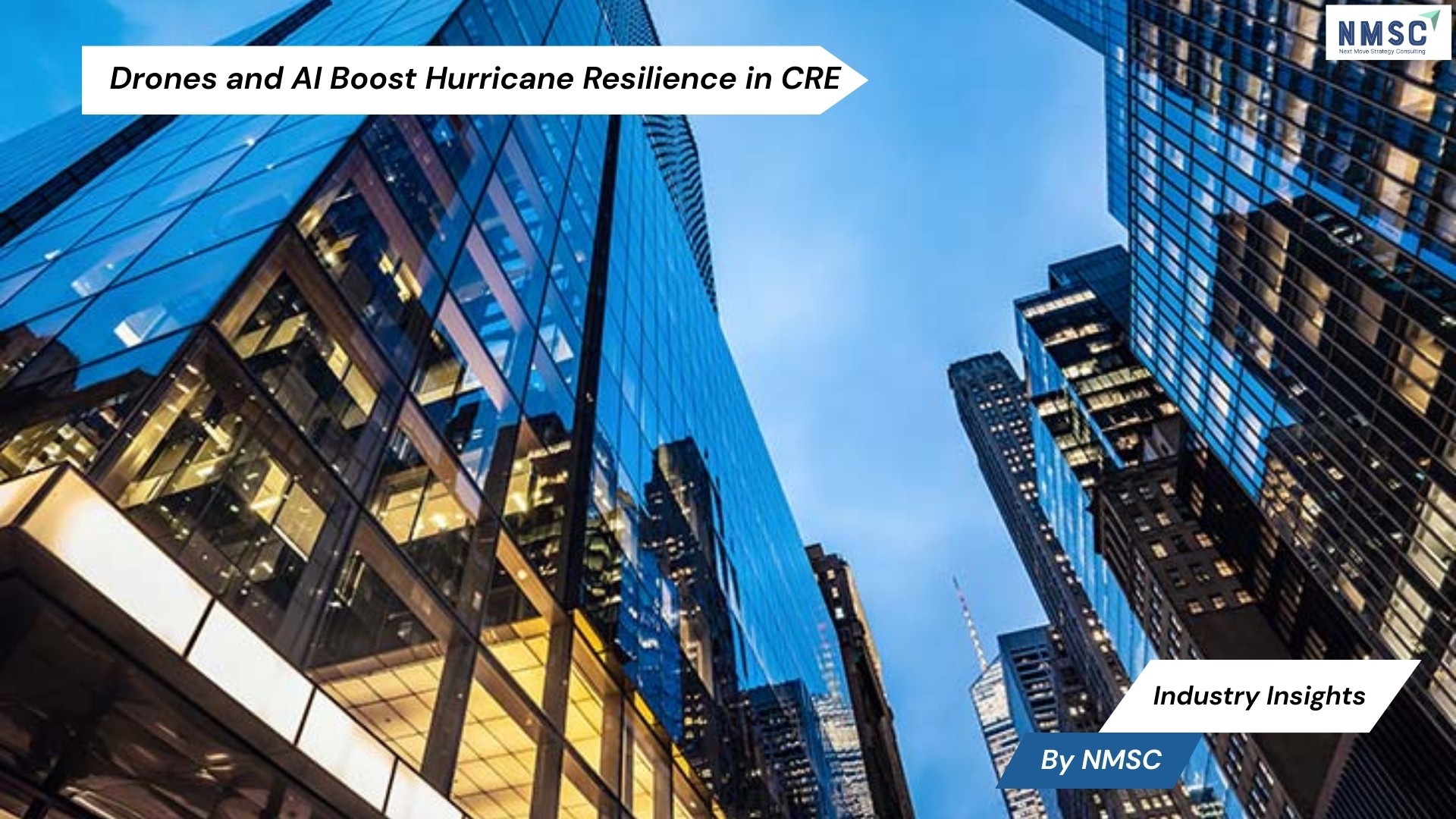India Elevator Market is Expected to Reach USD 4.84 Billion by 2030
Published: 2025-08-25
Increasing urbanization along with the rise in real estate development and government initiatives in infrastructure development drives the elevator market growth in India.
According to the Next Move Strategy Consulting, the India Elevator Market was valued at USD 2.95 billion in 2024 and is predicted to reach USD 4.84 billion by 2030, registering a CAGR of 7.8% from 2025 to 2030.
Rising urbanization in India boosts the elevator market growth as it leads to the development and construction of tall buildings and business complexes that creates aa need for faster vertical mobility. The National Institute of Urban Affairs published a report stating that the urbanization in India in 2021 reached 34.5 percent of the population living in urban areas which is expected to rise to 37.9 percent by 2031 and even reach 39.6 percent by 2036.
It is this consistent shift towards urban living that finds a direct correlation to the rise in demand for elevators in residential and commercial set-ups-to improve mobility. As cities expand and develop, efficient vertical transportation systems are essential to support increasing populations and improve urban infrastructure.
Additionally, real estate industry in India is also projected to steer the demand for effective vertical transport. The growing residential, commercial, and industrial projects in urban areas further accelerates the installation of elevators to serve the ascending population and horizontal mobility for tall buildings.
The Minister of Commerce and Industry predicted that the real estate market would expand to USD 1 trillion by 2030 while raising India's gross domestic product to about 13% by 2025. This development, paired with growing infrastructure for public use and urbanization, goes a long way to firmly entrench elevators into modern urban living, thereby, fuelling the India elevator market growth.
Furthermore, rising government initiatives in infrastructure development and smart cities are significantly boosting the demand for elevators in new constructions. These initiatives drive the growth of modern residential and commercial buildings, increasing the need for efficient vertical transportation solutions.
According to the Ministry of Commerce and Industry, total funding for the smart city mission surpassed USD 86.43 billion as of February 2024, highlighting the governments strong commitment to enhance urban infrastructure. This substantial investment is expected to accelerate elevator market expansion, as ongoing projects further amplify the demand for advanced mobility solutions in newly developed urban spaces.
However, elevator market faces significant challenges due to complex regulations and compliance requirements. These stringent guidelines often delay project approvals and implementation, affecting the timely installation of elevators and slowing market growth.
For example, mandatory inspections every six months can further delay installation schedules. Additionally, manufacturers must comply with accessibility regulations, requiring design adjustments that may disrupt production timelines and increase costs. These regulatory hurdles impact efficiency and pose constraints on India elevator market demand.
On the contrary, adoption of smart technologies such as Internet of Things and artificial intelligence presents a future opportunity for the elevator market improving efficiency, safety, and user experience. These advancements enable the development of predictive maintenance systems, energy-efficient solutions, and seamless integration with building management systems, revolutionizing elevator operations.
For example, in July 2024, Nibav Lifts introduced its advanced Nibav Series 4 home lifts in Mumbai. These AI-enabled lifts feature LIDAR 2.0 for precise navigation and offer spacious cabins with a luxurious design, blending style and functionality. Such innovations highlight the potential of smart technologies to enhance service delivery and operational efficiency, driving substantial growth in the elevator market.
Request for a FREE Sample PDF Report
The leading players in the India elevator industry include KONE Oyj, Schindler Group, Otis Worldwide Corporation, Hitachi Ltd. (Hitachi Lift India Pvt. Ltd) , ThyssenKrupp Elevator (India) Private Limited, Johnson Lifts Private Limited, Hyundai Elevators, Mitsubishi Electric Corporation, Fujitec Co., Ltd., Epic Elevators Pvt. Ltd., Omega Elevators, City Lift India Ltd, Escon Elevators Pvt. Ltd, Cibes lift india private limited, Nibav Lifts Private Limited, and others.
These market players are adopting strategies such as business expansion and product launches, across various regions to maintain their dominance in the India elevator market.
For instance, in May 2025, KONE Oyj,Secured a major elevator supply contract for the Dubai Residential Clock Tower, one of the world’s tallest residential buildings
Also, in August 2025, Schindler Group lLocked out nearly 300 workers in New South Wales, Australia, due to unresolved pay disputes. The company maintained limited emergency services amid disrupted maintenance.
Furthermore, in August 2025,Otis Worldwide Corporation,Analysts forecast a rebound in Otis stock, fueled by growing demand in Asia and strength in the service segment.
Additionally, inApril 2025,Mitsubishi Electric CorporationCompleted acquisition of Ascension Lifts (Ireland) via subsidiary Motum AB, strengthening its elevator maintenance/renewal business in Europe.
Moreover, in November 2024, Hitachi Ltd. / Hitachi Lift India, Awarded the largest-ever Taiwan order: 147 elevators and escalators for the Taipei MRT Wanda‑Zhonghe‑Shulin Line.
Key Insights from the India elevator Market Report:
-
The information related to key drivers, restraints, and opportunities and their impact on the India elevator market is provided in the report.
-
The value chain analysis in the India elevator market study provides a clear picture of the role of each stakeholder.
-
The report provides an analysis of the India elevator market share and competitive landscape of key players in the industry.















Add Comment